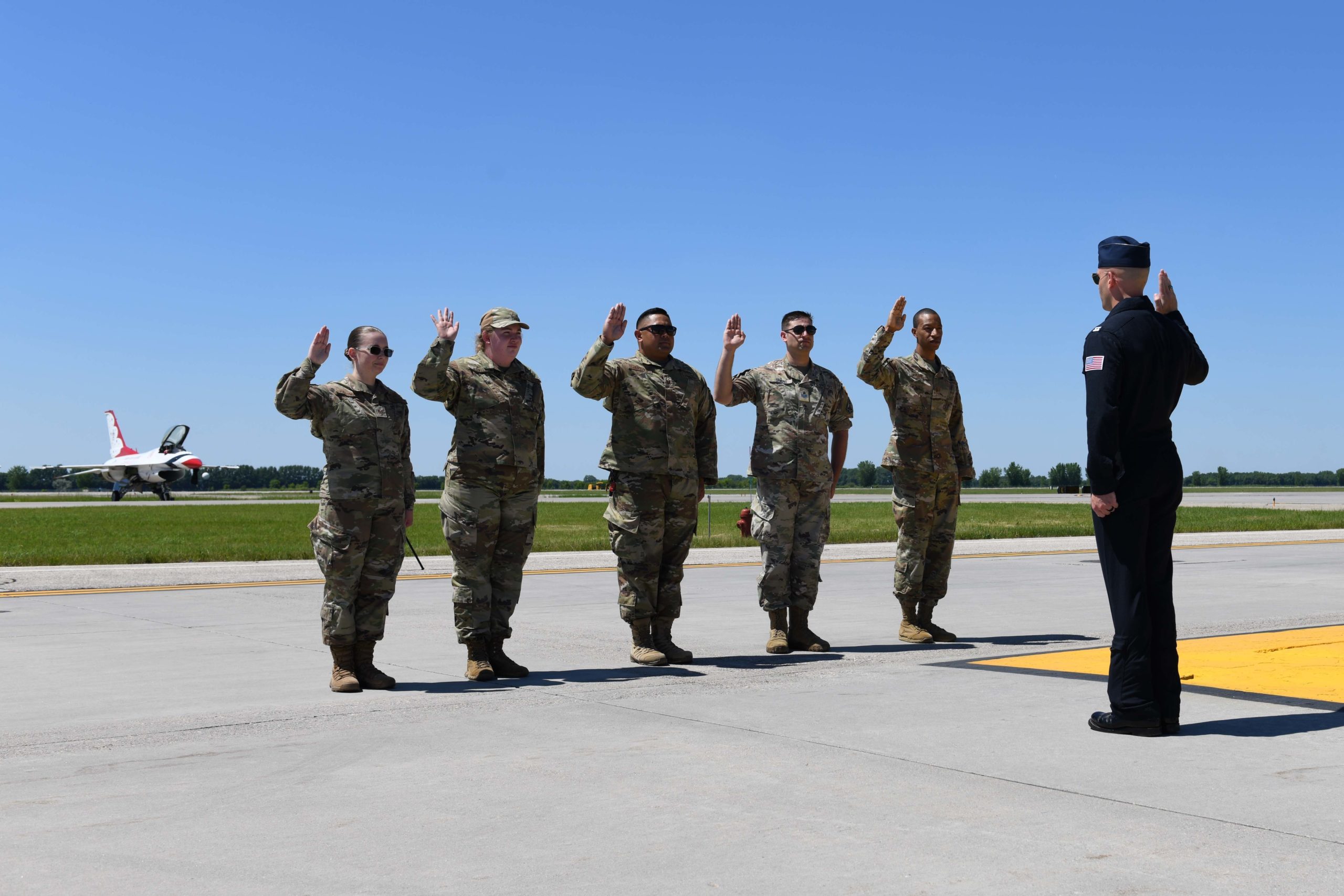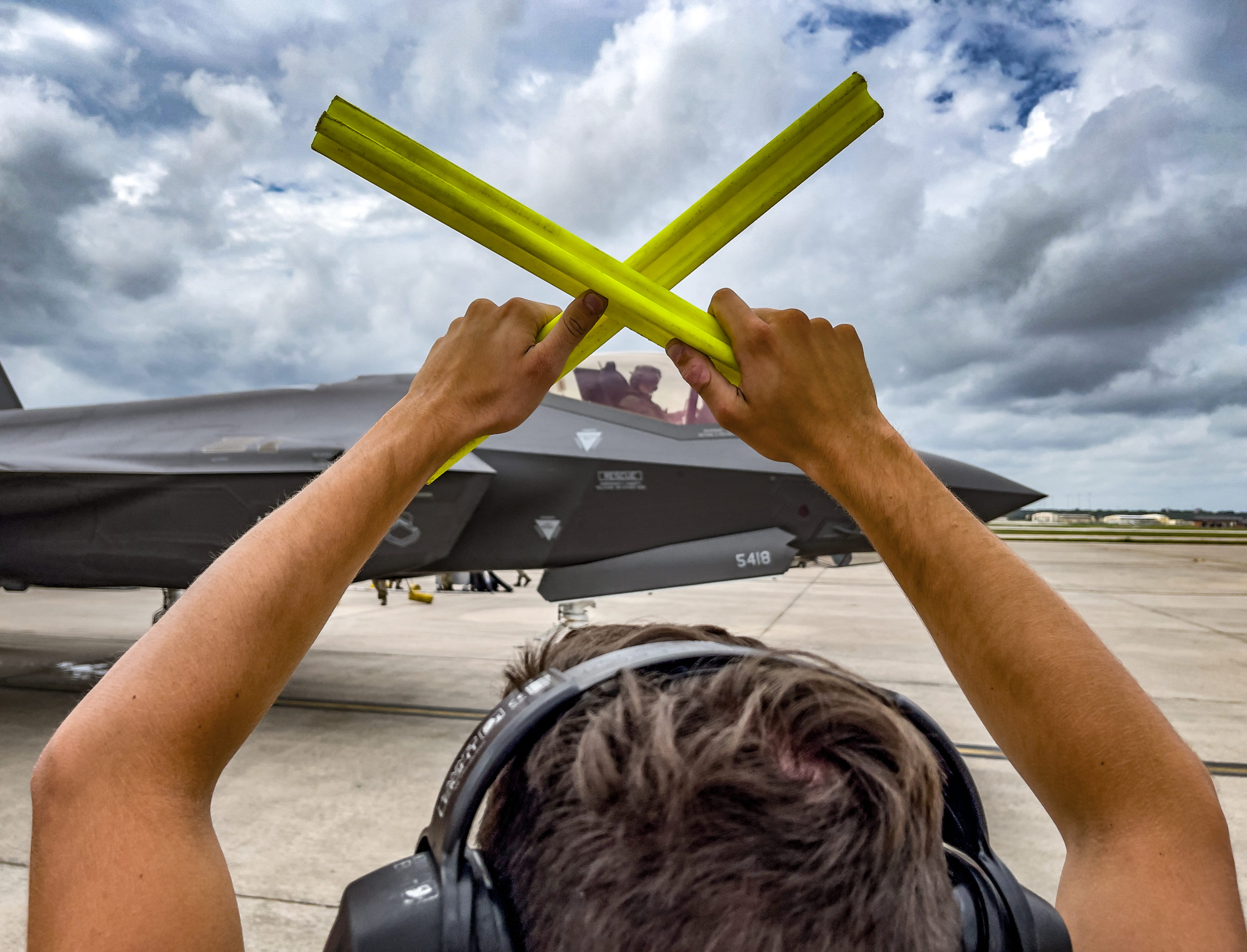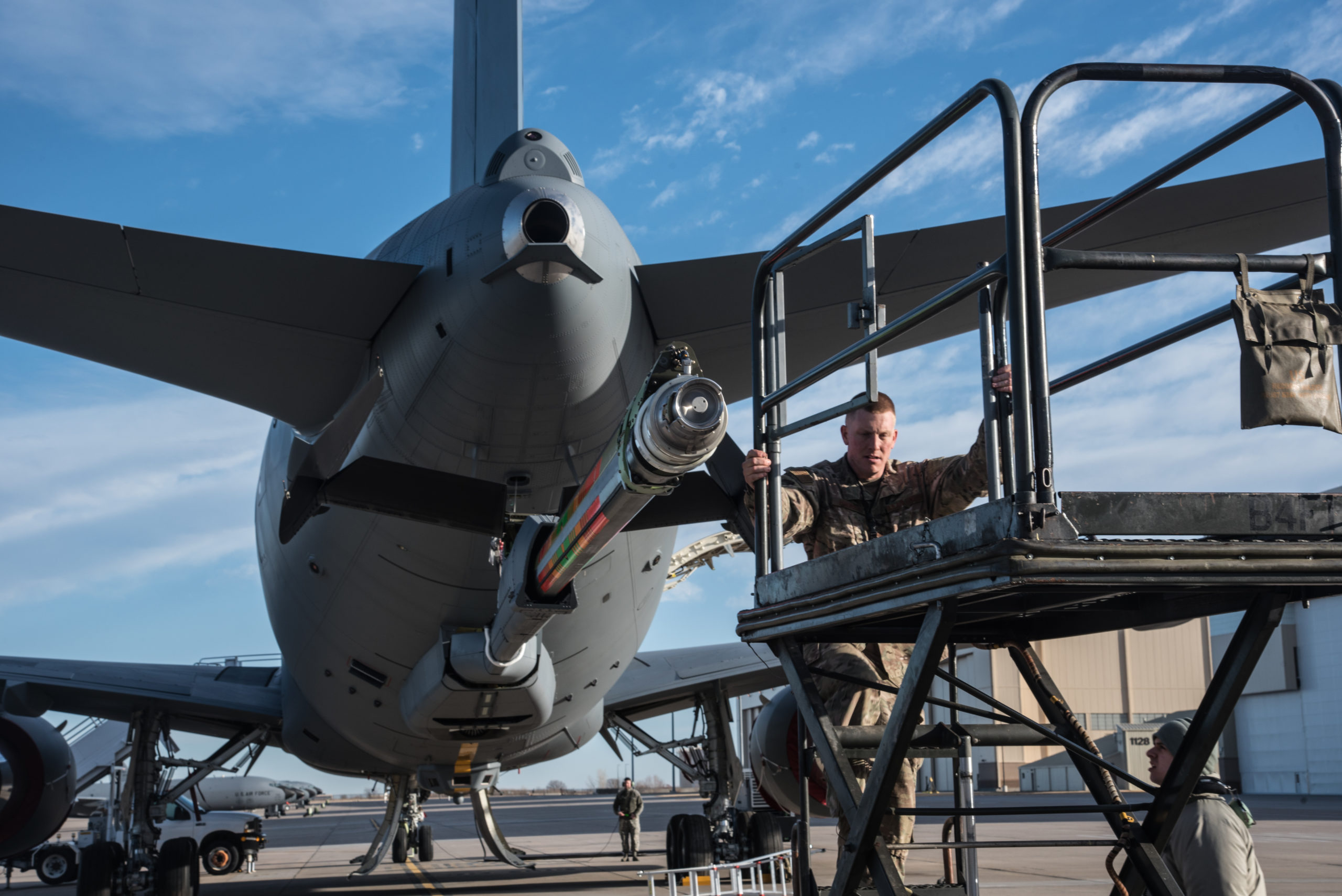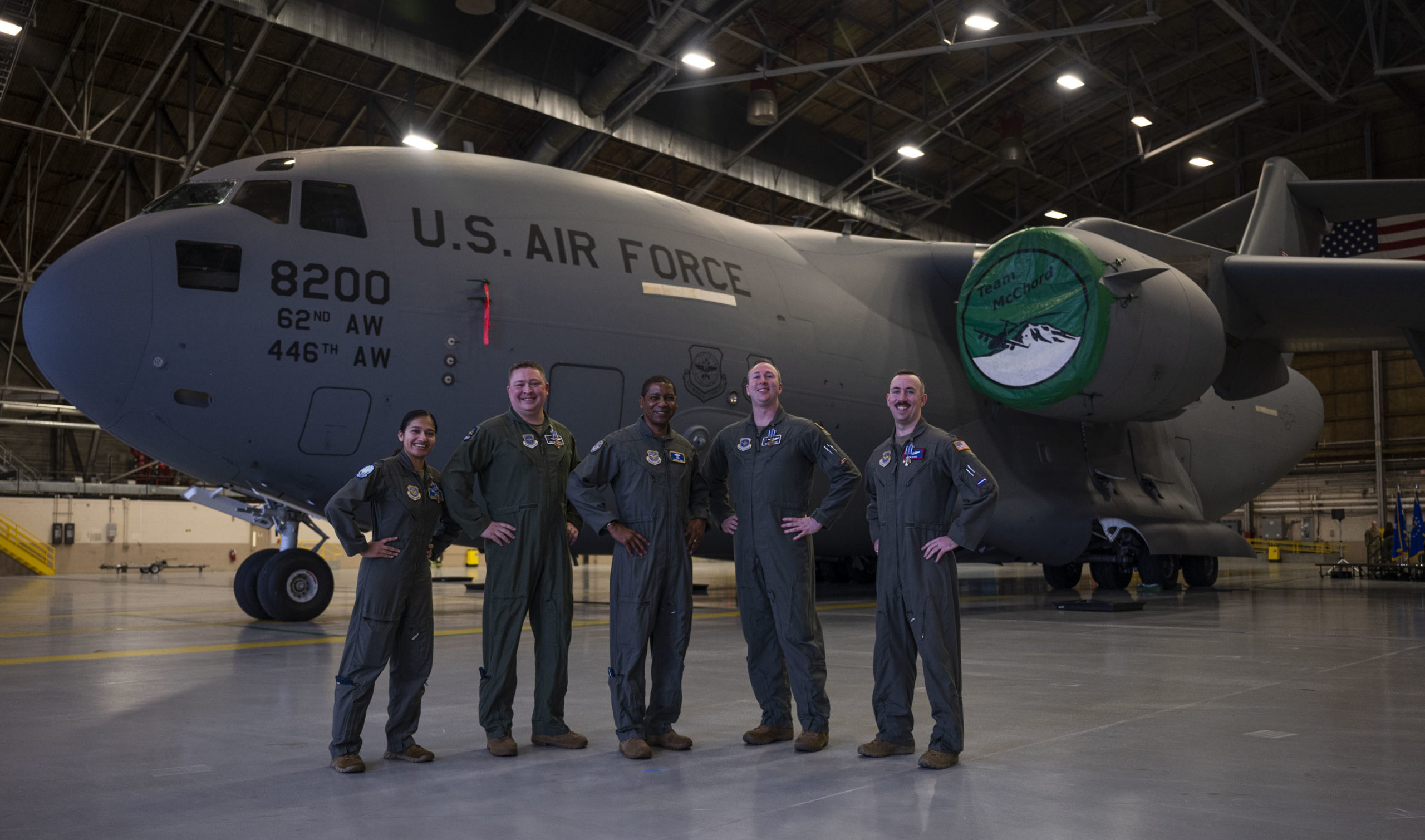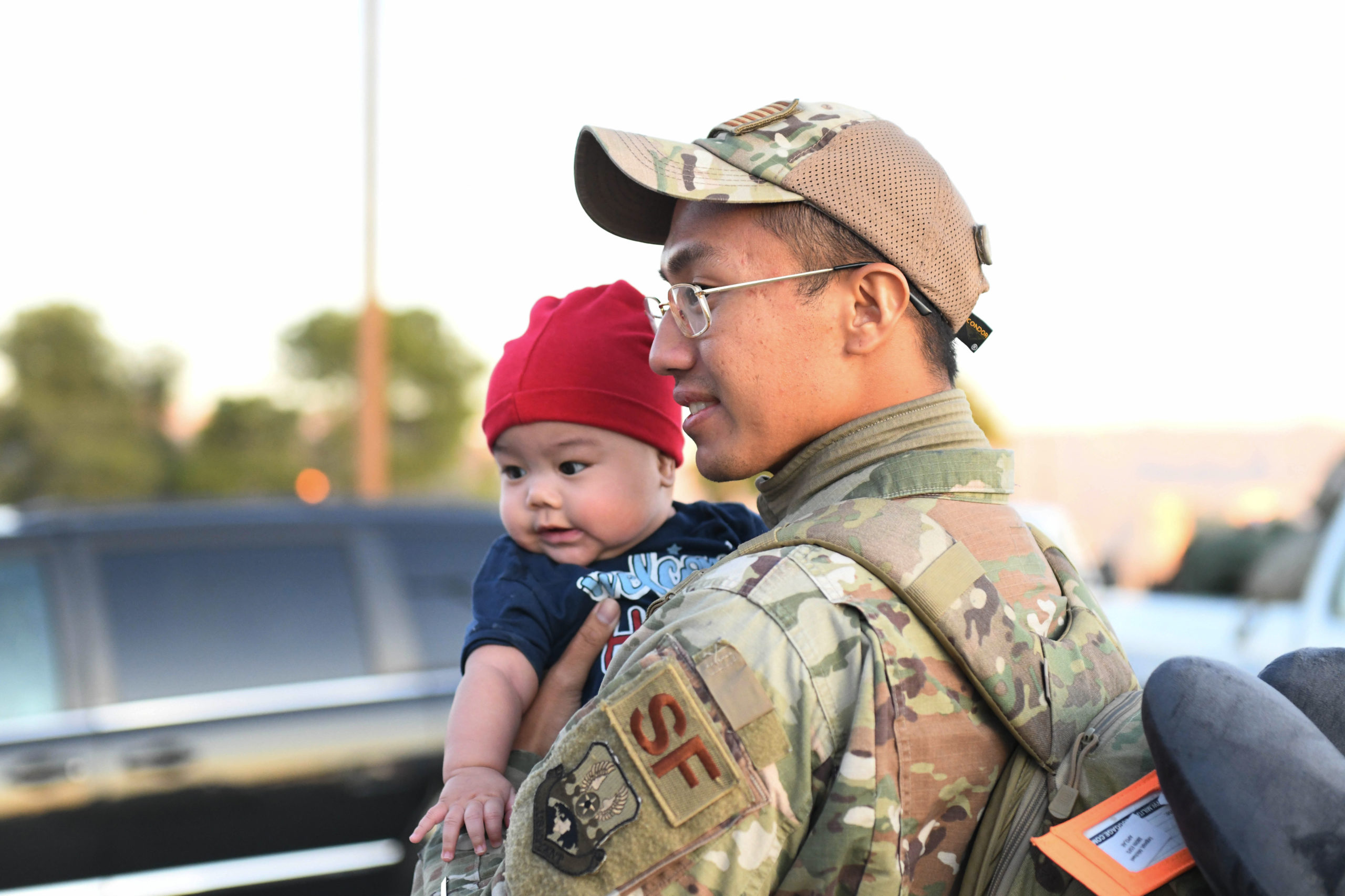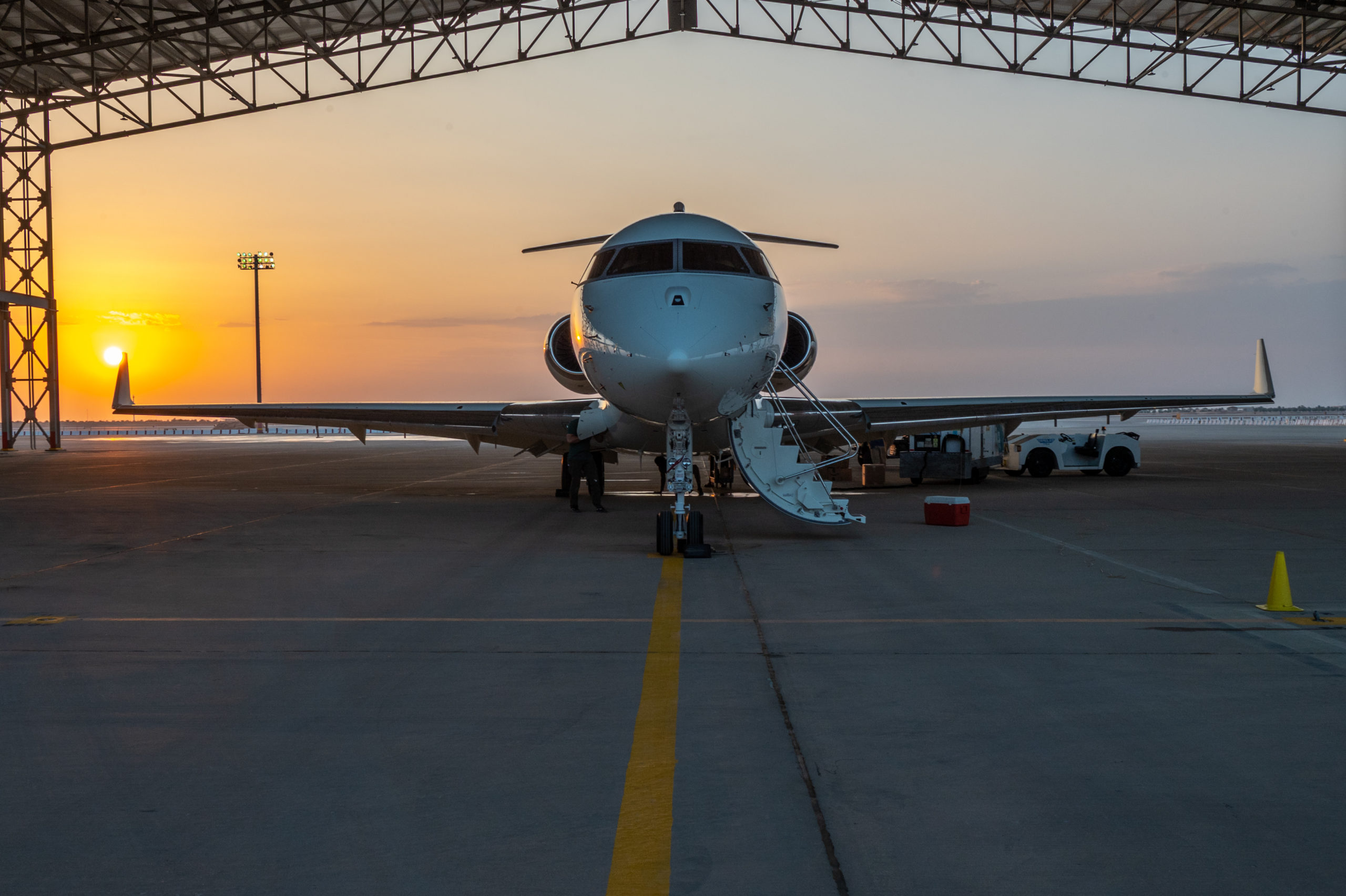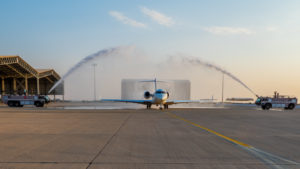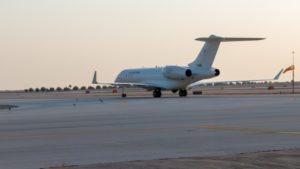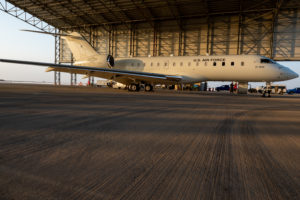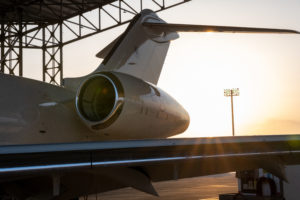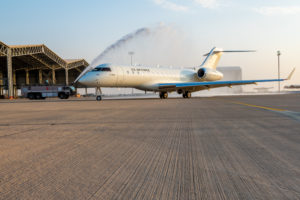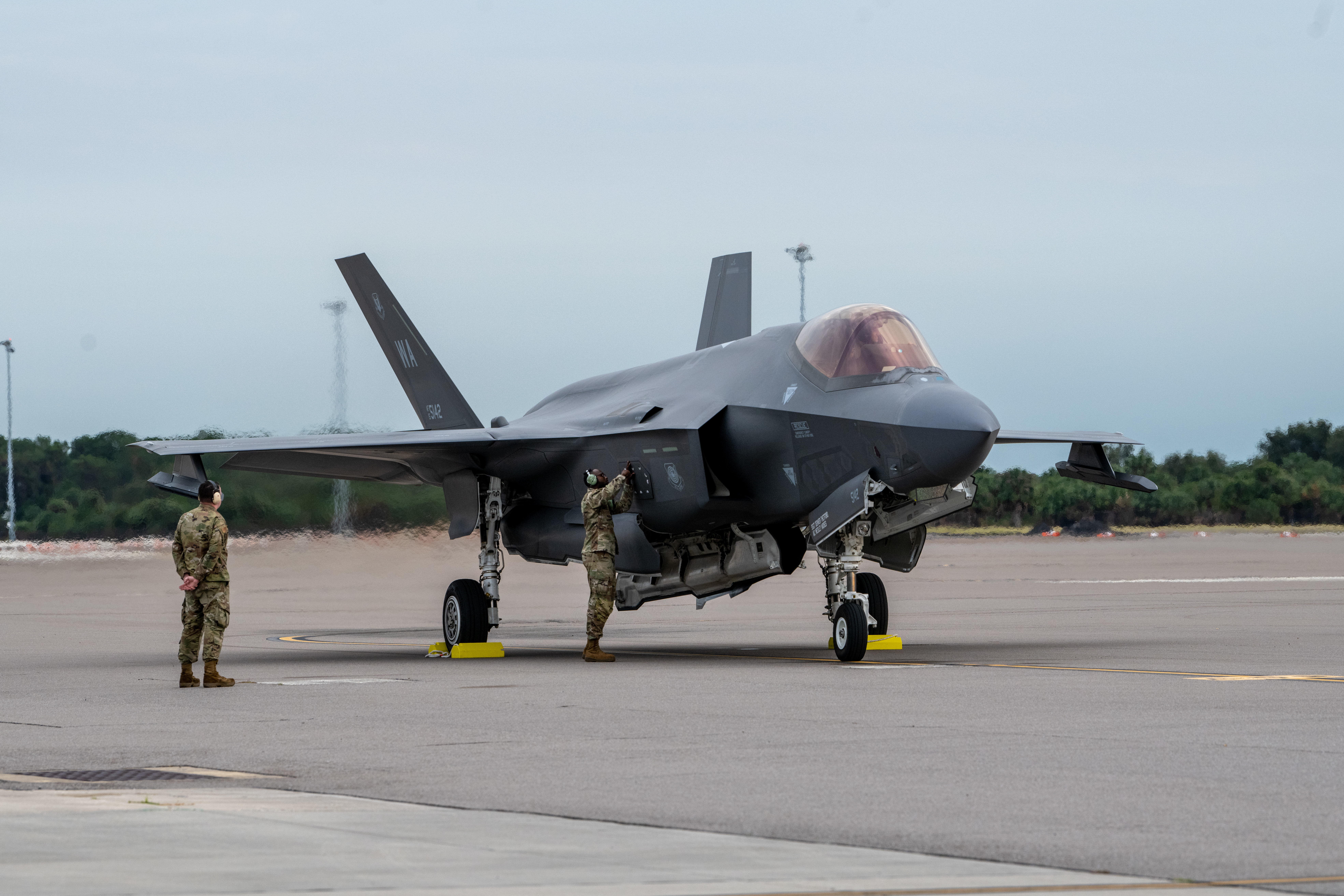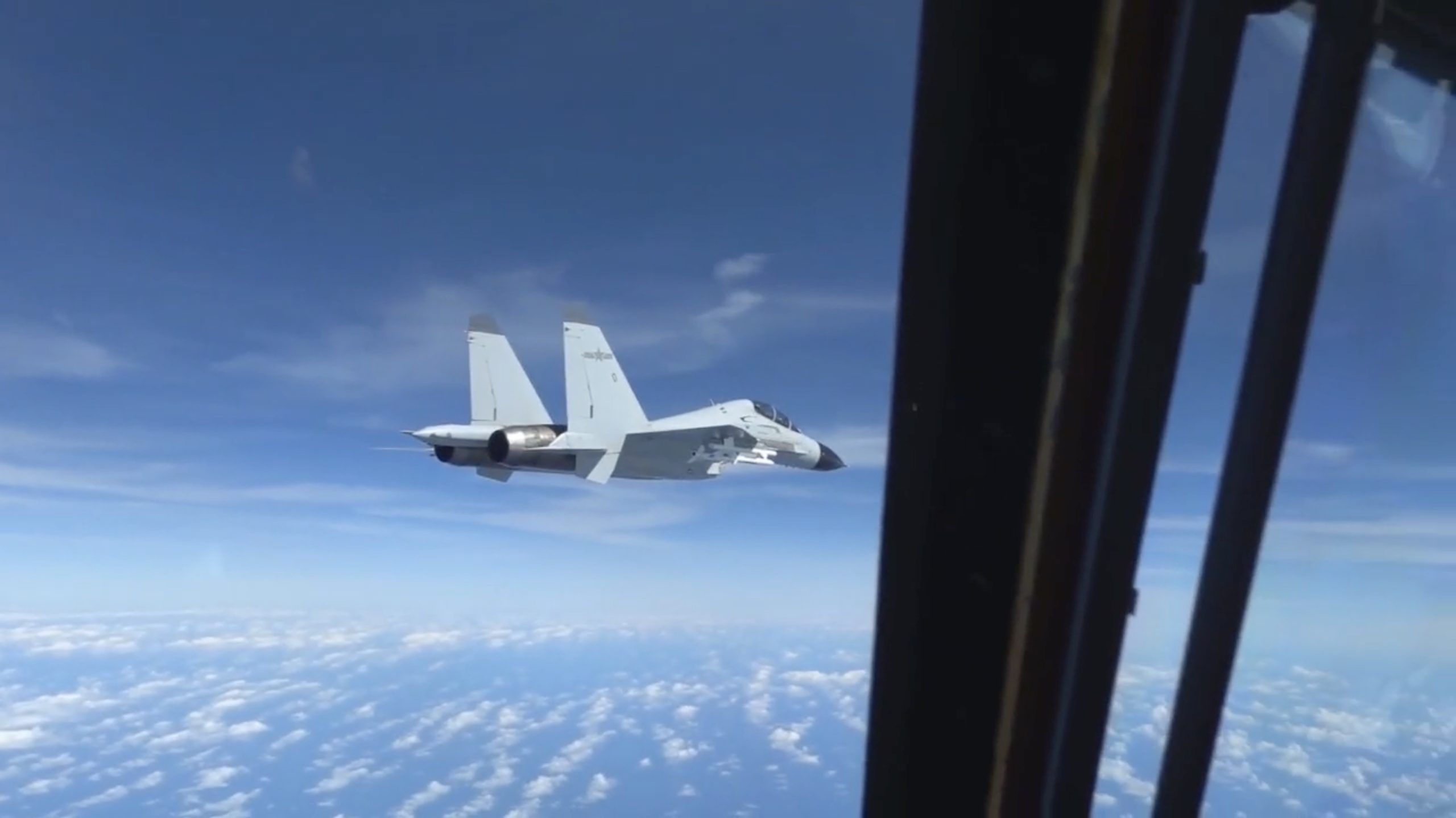Air Force retention spiked to a 20-year high during the COVID-19 pandemic, as enlisted Airmen reenlisted rather than risk the uncertainties of the pandemic job market.
Two years later, however, officers and enlisted retention is back at or below pre-COVID levels. For 2022, 93.1 percent eligible officers stayed in uniform, as did 89.4 percent of enlisted Airmen. Rates for the Space Force are still hard to determine because of the small number of Guardians in the force.
“These retention rates are consistent with those over the last six years,” said Air Force spokeswoman Tech. Sgt. Deana M. Heitzman. “While there may be some impact from COVID, it is too early to make that correlation.”
Retention rates have held near 90 percent since 2017, but 2022’s rates are the lowest for both officers and enlisted since 2018, when 93.2 percent of officers and 89.6 percent of enlisted remained with the service
Retention ticked up in 2019 and then peaked in 2020, especially among enlisted service members, going from 90 percent to 91.1 percent. That marked the largest year-over-year increase for either group in the six years of data provided.
In 2021, retention among officers increased slightly, while enlisted retention fell to 90.5 percent. Both groups saw retention fall by at least a percentage point in 2022.
Heitzman said a lack of robust data makes it hard to determine clear rates for Guardians in the Space Force.
Amid the pandemic, the Air Force slashed the number of career fields eligible for reenlistment bonuses and offered waivers to let more Airmen transfer their service commitment to the Reserve or Air National Guard.
Then, as competition in the job market grew fierce, recruiting faced a downward trajectory and hundreds of Airmen were booted for refusing the COVID-19 vaccine, the service updated its retention bonus program, adding career fields in mid-2021 and twice in 2022.
As of Sept. 30, 2022, the Air Force’s Active-duty end strength was 328,517 Airmen, a hair below the 329,220 authorized in the 2022 National Defense Authorization Act. Authorized end strength declines this fiscal year, as enacted by the 2023 NDAA, to 325,344.
| Fiscal Year | Officer Retention | Enlisted Retention |
| 2017 | 93.00% | 90.00% |
| 2018 | 93.20% | 89.60% |
| 2019 | 93.60% | 90.00% |
| 2020 | 93.70% | 91.10% |
| 2021 | 94.10% | 90.50% |
| 2022 | 93.10% | 89.40% |
